.
This Winter 2007 issue of T is surprisingly anorexic. Thin with a capital, eponymous “T”.
The ad pages are scarcier than normal and the editorials are sorrier, making the absence of habitually good fashion writers and contributors like Horacio Silva, Glenn O’Brien, Cathy Horyn and Armand Limnander (reduced to using his stock stories now on made-up words) more heavily missed in this issue.
Perhaps to compensate for the M.I.As Mr. Silva and Mr. Limnander, the remaining writers struggle for that elusive ounce of fash-journ credibility by inventing acronyms (i.e. PBW, NIP – er, what?), name-dropping (Deidre Murphy Bader – er, why?), quoting the least ideal people for their story (e.g. Camilla Morton – who?) and using one-word references that are either too obscure, or too silly, to bring immediately to mind the intended idea (e.g. Pg 46: “wah-wah-pedal”? – huh?)
And to kick off the magazine’s “The Remix” frontrunner section, which makes vignettes and semi-cerebral essays out of fashion trends, issue editor and writer Maura Egan opens with a piece that is confusing at best, and pointless at worst.

In Egan’s “Risque Business”, she writes about the influence of 1920s cabaret chic on the current fashion and clubbing season. The debauched noir of the Weimar Republic, she says, is fodder for designers like L’Wren Scott, John Galliano and Dolce e Gabbana. Which is really a bad example because (A) she only exemplifies miserly with three designers, (B) of the three, L’Wren Scott is not even known to be an influential nor big enough a brand, (C) how groundbreaking is it to quote as examples those designers who have always been doing what they are doing?
Whether you are a political columnist or a fashion reporter, one basic rule of journalism applies to all: Dog bites man is not news, Man bites dog IS news.
How new is it that Dolce e Gabbana (who once said their designs centre around a woman in a bra and a man in a tanktop), and Galliano (whose shows often centre around a burlesque-y fictional characters like Cleopatra sexpots and chinois-chinois femme fatales in hazy 1920s Shanghai) are channeling risqué in their designs?
And it doesn’t help to that Egan quotes Ian Burama in a Metropolitan Museum of Art exhibition catalogue on German portraits … from last year.
It is also confusing because Egan writes in such a way that she loads too-many-so-many adverbs, sub-words, pre-fixes, clauses, historical justifications, pop-culture observations, name-drops, references AND cross-references in each single sentence.
And all at the same time, there are the necessary punctuation marks used to organize all these different segments in a sentence. In the end, pulling away from the page, Ac.Stet cannot help but see a great number of quotation marks, hyphens and commas fighting in almost equal numbers for attention, with the words itself. Sample these:
“Eighty years later, Berlin, which Netley Lucas described as “the most lurid” of cities in her 1927 book, “Ladies of the Underworld,” is at it again with the ever-popular KitKatClub, a vice-friendly spot where Kate Moss once showed up in her best fetish wear.”
But as to what exactly Kate Moss wore on that raunchy night, Egan stops her description abruptly and goes on talking about something else. Readers of course wants to know what Ms. Moss’ fetish wear is, after all, this article is about risqué-inspired fashion, right? And while Egan backgrounds with so much information leading up to her point, she ends up forgetting the point of her build-up.
And as if that is not enough onslaught of a wordly overkill, Maura Egan engages in a spot of nepotism by employing her relative Kathleen Egan to write another pointless piece on fantastica shoes in “Heel, Girl: What Would Imelda Say?”, right hot on the heels of the immediate page.
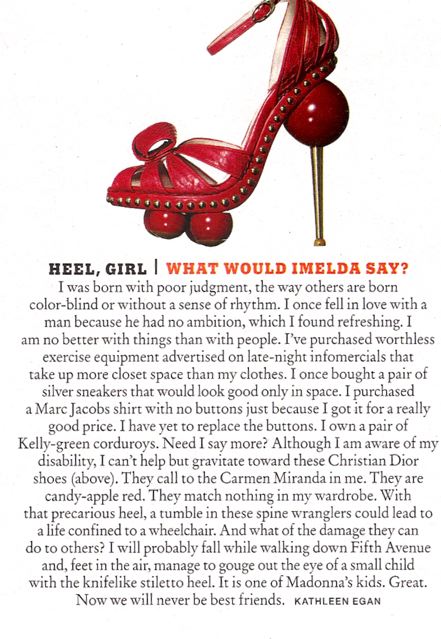
Ac.Stet always love a fresh new way of writing and is open to different styles of conveying a point. But when there is no point and when there is a contrived style, Ac.Stet finds it difficult to remain open-minded. To Ac.Stet, Ms. Egan Jr, is another ego writer. Of the 17 sentences that make up her story, 9 begins with the word “I”. And those that don’t, are instead littered with references to “I” or “me”, or both. In the end, it does not tell you much about the Dior stilettos pictured, nor do you get educated about something of value. Although Ac.Stet must point out that the whimsical style employed by Egan Jr reminds Ac.Stet fleetingly of the ghost-written “The Intellectual’s Guide To Fashion” by Professor Gideon Carter from Britain’s Sunday Times Magazine. But if Egan Junior is trying to channel Carter, my god, she is a lo-o-ong way from home.
In the end, it’s a space wasted on a pointless column that takes up a quarter of a page. Ac.Stet weeps for the poor tree that died only to be made into such a page.
Bad writing plods on in the following pages: On Page 46, Cintra Wilson writes on “Droid Rage”, a story on … oh, actually, Ac.Stet is not sure, since the story gets rather odd and off-the-point..
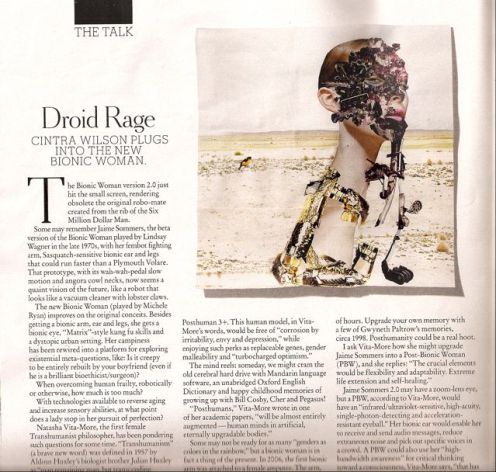
Anyway, Ac.Stet thinks Ms. Wilson tries to tell us to imagine how women will function as bionic entities in the not-too-distant future, with the new NBC series Bionic Woman as news-peg. At some point, Ms. Wilson asks serially: “Is it creepy to be entirely rebuilt by your [bioethicist/scientist] boyfriend?”; … “When overcoming human frailty, robotically or otherwise, how much is too much?”; … “With technologies available to reverse aging and increase sensory abilities, at what point does a lady stop in her pursuit of perfection?”
No doubt these are interesting moot points. But Ac.Stet really hates the use of rhetoric when it is employed for the sake of fluffing up the story, or for making the writer sound cleverer-er.These rhetorics would have been justified if Ms. Wilson would at least attempt to illuminate her readers with what she is trying to say. But alas, she never quite followed up on these ideas. Instead, her story on bionic women veers off-track to talk about transhumanism, and quotes Natasha Vita-More, whom Ms. Wilson is very excited about because Vita-More is “the first female Tanshumanist philosopher”. But any allusions to a feminist take on Transhumanism stops there. Vita-More is a transhumanist thinker, and she just happens to be a woman, so let’s move on, Ms. Wilson. But no, she does not. Instead, there is a lengthy discussion about the transhumanist theory about how bionic women can get upgraded bodyparts (yeah, Ac.Stet agrees, it’s kinda Carrie Bradshaw silly) and not once does it have any specific reference to women and bionics. Ms. Wilson’s story would just have been dedicated to bionic men, as well as women, and you wouldn’t have noticed the difference.
Ms. Wilson’s story reminds Ac.Stet of Alessandra Facchinetti’s first post-Tom-Ford collection for Gucci: the ideas are there but there is obviously no strength to execute them properly.But a major flaw in this story is that Ms Wilson failed to inculcate Donna Haraway and her postmodern feminism on the Cyborg Theory in this potentially readable piece. Cyborg Theory champions the dissolution of distinctions between human and machine, and that technology is a physical projection of the material human body as a result of evolution and revolution of culture.
In her Cyborg Manifesto, Haraway maps out the way of the brave new world: biotic components will replace organism, optimization replaces perfection, modular construction for functional specialization, replication for reproduction, evolutionary inertia for biological determinism, genetic engineering for sex, robotics for labor, and artificial intelligence for mind … that would have answered many of Ms. Wilson’s piece on the New Bionic Woman, yes?
Ac.Stet’s suspicion is that it is not so much that Ms Wilson chose to ignore Haraway for Vita-More, but rather, Ac.Stet believes Ms Wilson – who is described on the contributor’s page as an author of celebrity culture – has no idea who Donna Haraway is (Hell, she even thinks her readers don’t know what nanorobotics is and has to waste time explaining it.) And this is edited and published by The New York Times, mind you.Moving on, a piece on Page 50 titled “The Party’s Over”, on how fashion parties thrown by fashion brands are not about parties but about celebrities being photographed as evidence of attendance. It is one of those off-the-point stories that promises you one thing in the preamble and then derails into something else.Writer Natasha Fraser-Cavassoni opines that fashion parties are now mere photo-ops for the stars. Instead of delving in deep with an expose of what celebrities do to hog these photo-ops (how they grab attention by dressing, showing up with entourage, fixing up arranged paparazzi, you know, all that jazz), and how those non-celebrities deal with it, Ms. Fraser-Cavassoni veers off to talk about how to throw a great party. Photo op? What photo op?The Spa feature on page 56 is an insipid section, Ac.Stet suspects it is something the editors dreamt up for their summer interns to put together. It is certainly yawn-inducing, especially since Ac.Stet just read a splendid piece on holistic spas by Judith Thurman in The New Yorker, and then sees what T has done and go like Warren Beatty, “So pussycat, what’s new?”
The very last full-page article in this issue is given to an essay about the dominance of nudity in fashion. Recently. Written by Luc Sante, it devotes nearly half its editorial space to Parisian high-fashion nudie magazines Paradis and Purple. And surprisingly, there are no images of Paradis magazine to show us what the writer really means. But really, the concept of endless miles of lush flesh in fashion and how fashion creates its own reality is nothing new. It came in accelerating spasms during the Tom-Ford years at Gucci & YSL when – among other pranks he pulled – hauled a full-frontal donged and furried male model to hawk its M7 perfume. The last hurrah was when Ford – again poster boy for tasteful nudes – fronted Vanity Fair’s nudied leading ladies March 2006 cover.
And the excuse that fashion trends come in cycles wouldn’t work here, because the story could easily have been given over to other salient trends of nudity in fashion … like maybe (1) natural nudes versus airbrushed nudes? Or (2) whether amateur nude models are giving professional nude models a run for their money, or even (3) model nudes versus celebrity nudes? … … Dunno, just a few ideas from the decidedly unfashionable Acrylic Stetson.
Thankfully, magazines, that are usually good but have bad issues, are more often than not rescued by a solid stable of dependable columnists.And this edition of T is minorly rescued by a select bevy of their regular columnists, including the ever-reliable S S Fair, who delivers (*cough*) her usual brand of shifty-eyed, lightning-punched writing for this edition.Ms Fair helms “Samurai Shopper”, a T regular that specializes in ninja-stealthed fast-fixes, rationalized with the fastidiousness of a abbottress schooled at the temples of Bergdorf, and executes fashion with the ritualistic precision of a Zen tea ceremony.
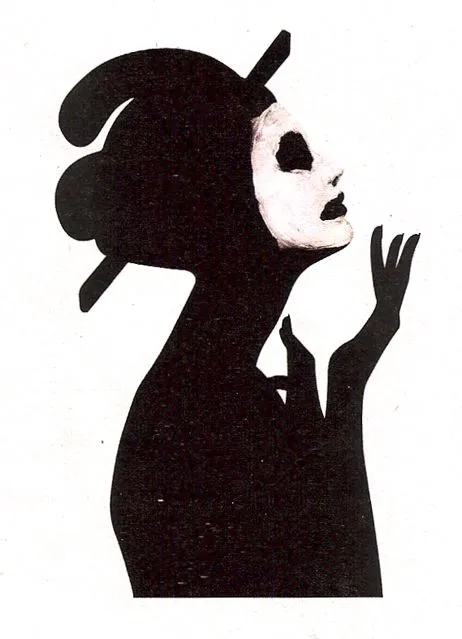
It is not easy nor is it common to unite continental existentialism with the flou-flou of cosmetic skincare. Ms. Fair does both in this issue. She channels the lesser-read Raymond Aron and para-relates his “when knowledge accumulates caeaslessly but at random, it increases the desire for a system” for her take on facial regimes.
And then she thunders on with short, sweet sentences that brings home the point: “I’ve found three skincare systems that are keepers; only climate and boredom dictate any rotations.” And “Slow and steady wins the face” and “I’m winning the battle against dull, pooped-out skin, even if I’m losing the war on poverty”.Perfume critic Chandler Burr’s piece on the civet is riveting. Although Ac.Stet already knows the perfume companies’ dirty (and smelly) secret in secreting sap from the civet’s anal glands since reading it in Michelle Kodis’ Love Scents close to 10 years ago, it is still very interesting that Mr. Burr writes from an outsider’s point-of-view, giving the readers a sense of embarking on an adventure together with him in understanding the tricks of the fragrance industry. And Mr. Burr – like one of Ac.Stet’s other favorite scribe Ms Lynn Yaeger – is free of pretension, and balances his everyman appeal with a healthy dose of Overman expertise.Following on, a great composite book review by Ms Holly Brubach on “Clean: A History of Personal Hygiene and Purity” and “The Dirt on Clean: An Unsanitized History”. You know when someone writes like this: ==> “Though Smith [authoress] never makes the connection, the reader wonders to what extent this concerned attempt to banish germs figured in the genesis of Modernism, with interiors overhauled in sleek hard surfaces and objects reduced to a minimum” <== that this is a writer who truly knows her craft and who truly pursues her passion. When that happens, there is no need for Ego’s ugly head to reign in pretentious writing. The writing shows.Another old reliable is Lynn Hirschberg with her profile on covergirl Marion Cotillard. A personal observation is that Ms. Hirschberg, formerly of Harper’s Bazaar, has somewhat cornered the market for pre-manhood, post-adolescent, half-waif boyish ingénues that includes Nina Ricci’s Olivier Theyskens, Joseph Gordon-Lewitt, Ms. Cotillard (kinda boyish, ain’t she?) and now in this issue, Jim Sturgess.Ac.Stet would actually like Ms. Hirschberg to broaden her demo/psycho-graphic repertoire to include profiles on Beth Ditto, and possibly even Louise Bourgeouise. Now, that would be interesting.For a fashion magazine produced by a mass-church newspaper, T is refreshingly esoteric.As for its esoteric status, T editors got it all figured out. Unlike other fashion magazines, T does not really have to worry about newsstand sales, nor subscription. It is tagged and sold together with its Grey Lady mothership, piggybacking all the way to that elusive delicate zone which balances both mass-distributorship with fashion insider clout. But God save you, if a fashion editor has to put out a magazine to hit 8-digit readership figures and at the same time, worry if the average New York Times reader really knows what couture parties are like(“The Party’s Over”), philosophizes beauty care with a gamut of existential theory (“Samurai Shopper”)and rolls the name of Frederic Malle of his/her tongue like a household term (Mr. Malle, a respected French perfumer, is incidentally mentioned not once, but twice – quite a huge presence in a mass paper – in separate stories in this issue. One of them is not even about fragrances).
And don’t even for one second think all New Yorkers are fashionably and stylishly savvy to understand what T tries to put out every season. Last year, when Ac.Stet was attending NY Fashion Week, The Fashion Daily published a street poll asking what certain fashion names mean. When it comes to “Anna Wintour”, one of them replied: “Yes I know her. She’s a famous designer, isn’t she?”
But even so, T suffers from a minor identity crisis. The first thing you notice is its name. Look at the confusing magazine cover with its multiple names splashed over it. Do we call it “T”? Do we call it the Style Magazine? Or do we call it The New York Times Magazine? The New York Times Style Magazine? Or the NYT “T”?[Aside: As a chuckle-full mnemomeric, Ac.Stet sometimes use Queen Nefertiti as a phonetic reminder of N-Y-Tee-Tee.]When Ac.Stet attended the newspaper’s fete thrown during Milan Fashion Week in late September, even the PR handling the event was stuttering when she wailed: “Glad you could join us at the T-New-York-Times-Style-T-Magazine party!”
Wow, that seems like a moniker even Rumpelstiltskin would be hardpressed to adopt as a middle name. (Of course, in Ac.Stet’s then state of alcoholic high, he might just as well have misheard the first “T” as the Americanized enunciation of “The”, but whatever.).
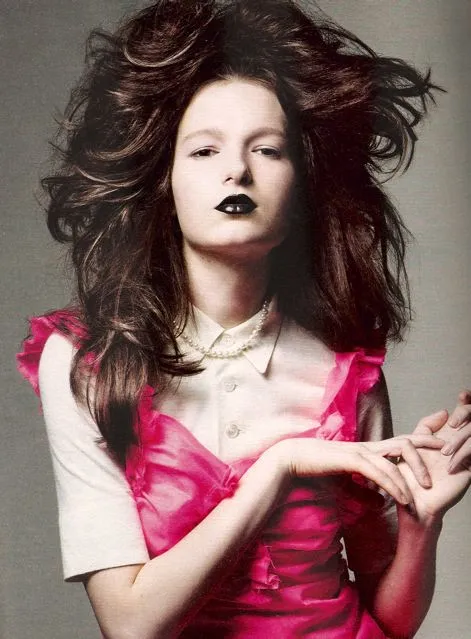
Having gotten that out of Ac.Stet’s system, Ac.Stet must say T does spin fashion stories worth their weight in fashion insider gold. And of course, T’s fashion spreads (Kamo Katsuya’s “Mountain Do” is fab-nificent (above), but “The Witches Of Bushwick” is more cool than wicked and what witches? Ac.Stet only sees a lot of black-and-white) and product shots are always wondrous … but Ac.Stet is getting satiated and has no time to go on waxing lyrical.
Alors, T-time’s just about over.


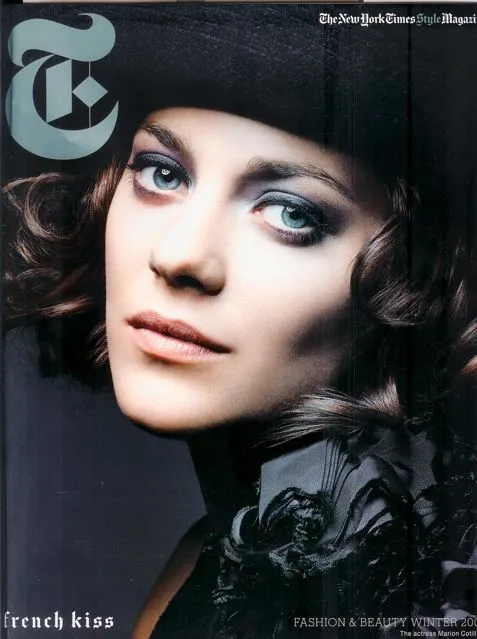
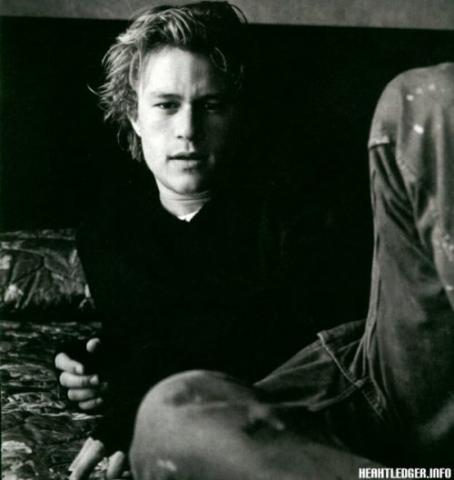
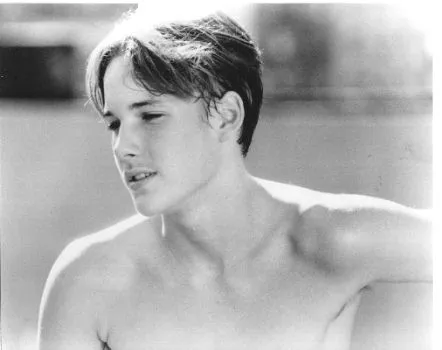







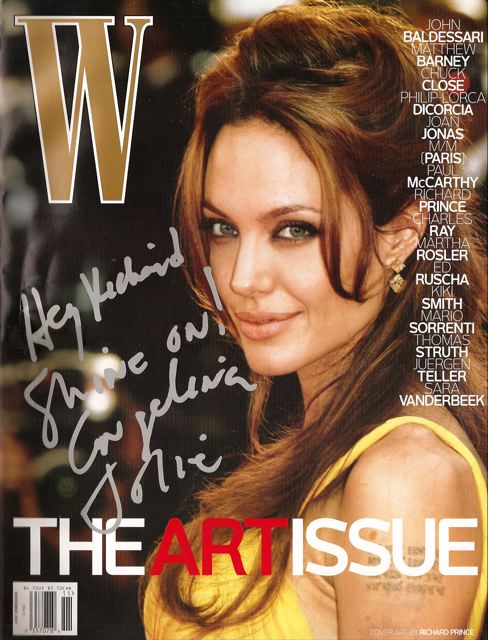


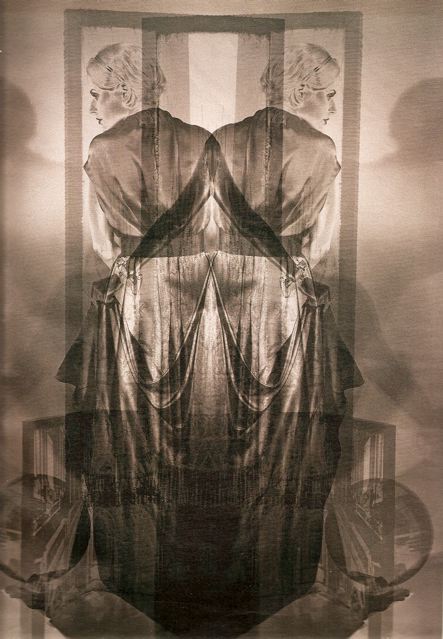

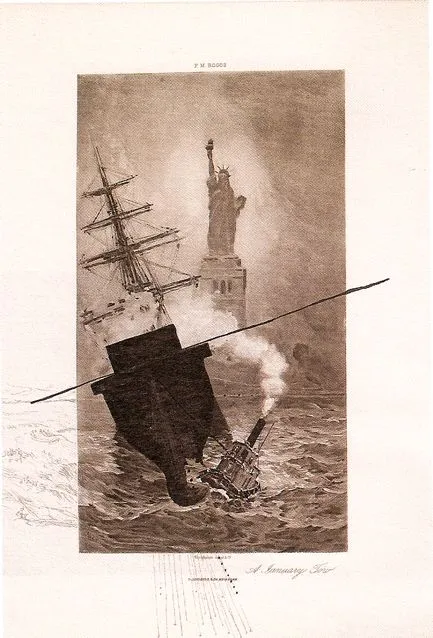
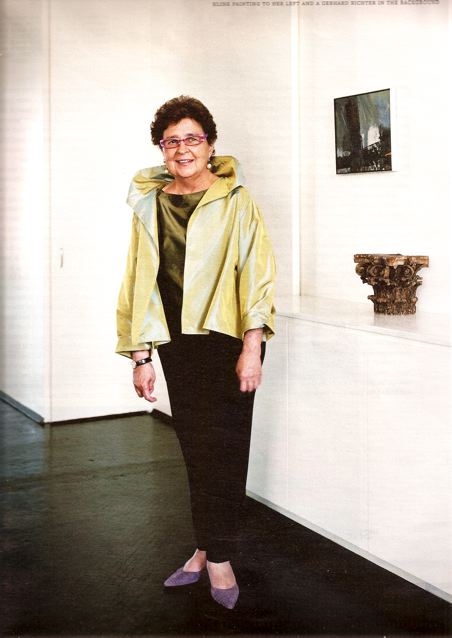



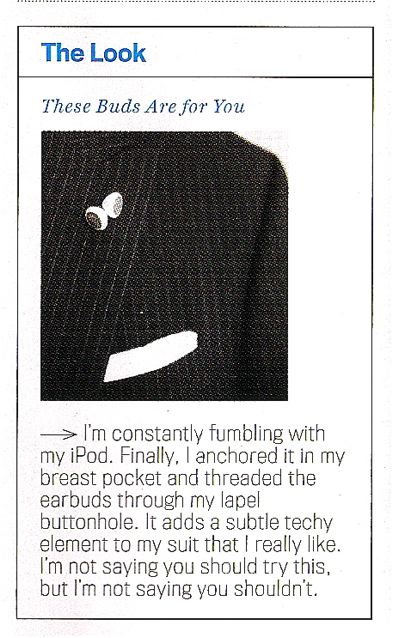 *
*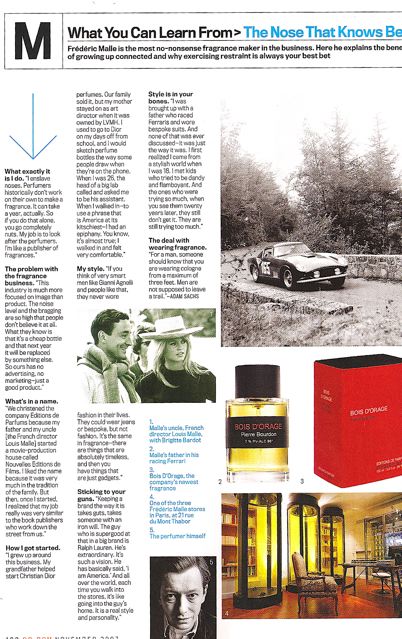 *
*
 *
* *
* *
*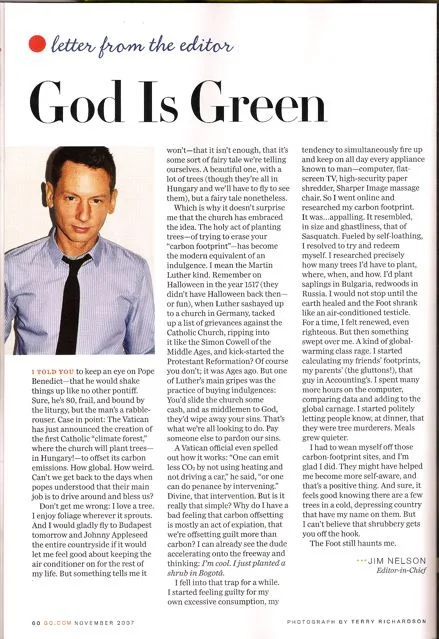 *
*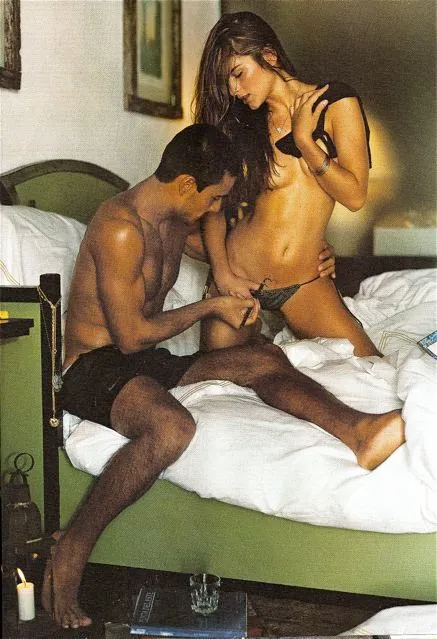 *
* *
*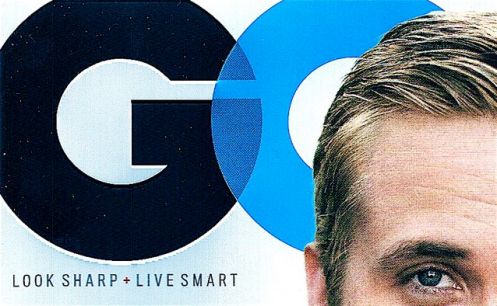





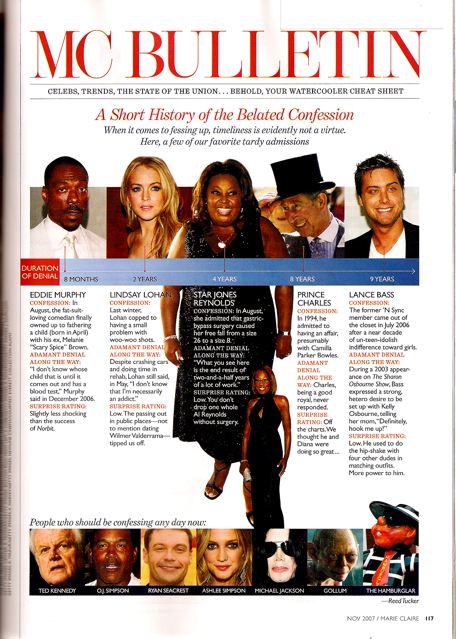

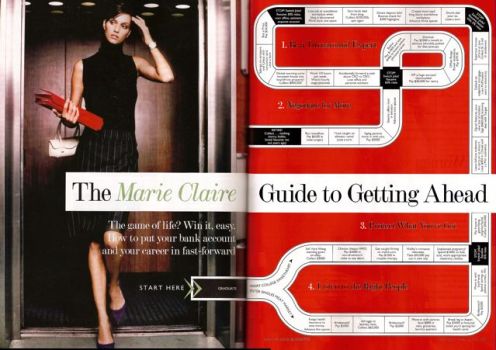
 *
*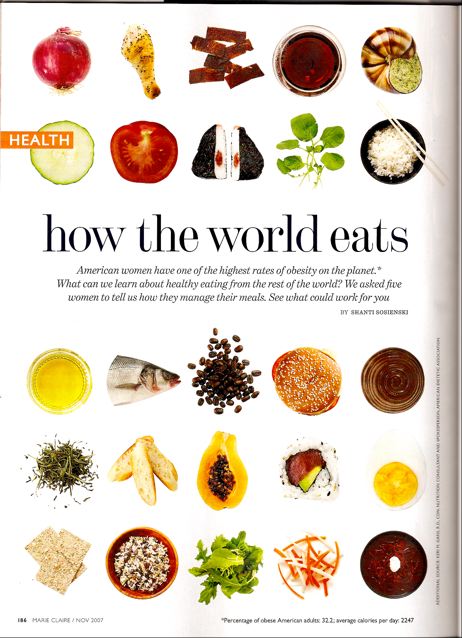 *
*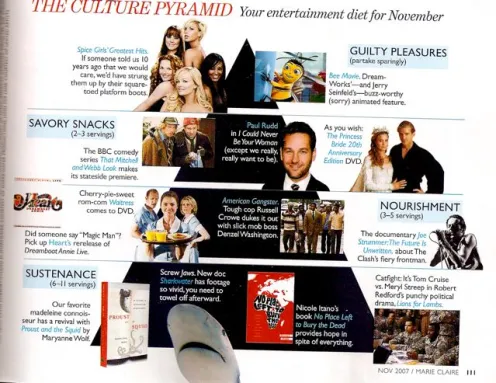
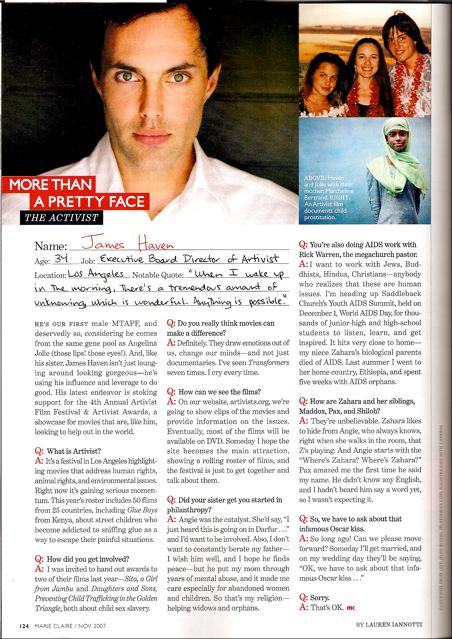 *
*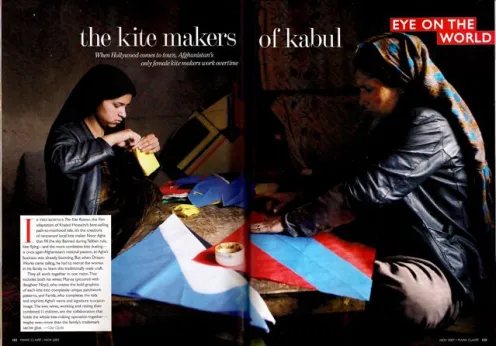 *
*


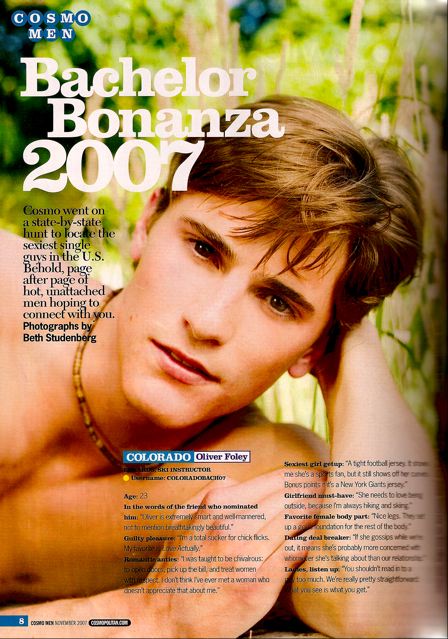 *
*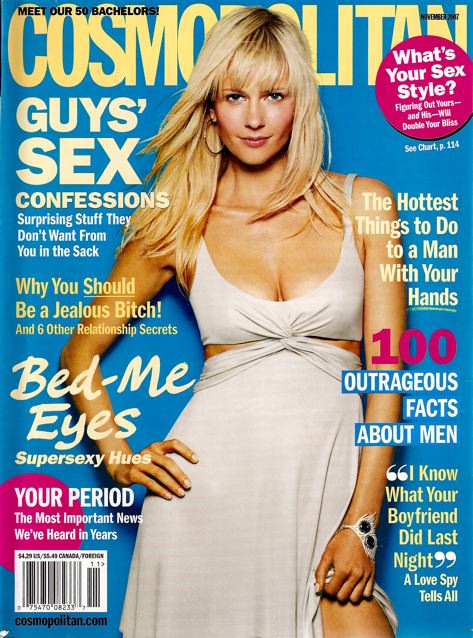
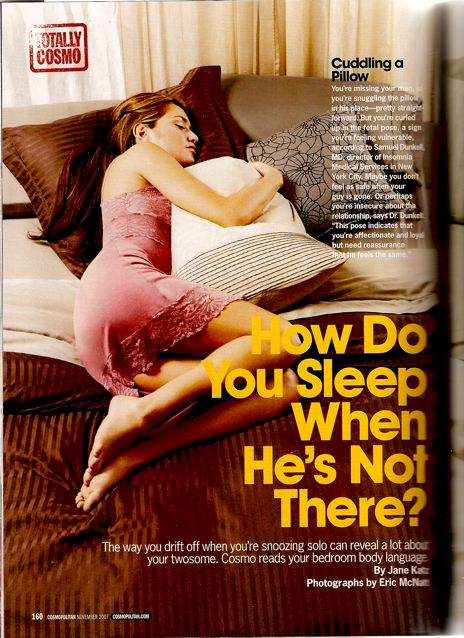 *
*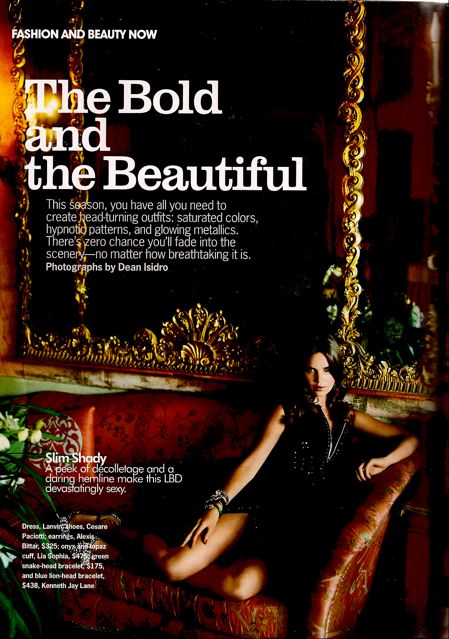 *
* *
*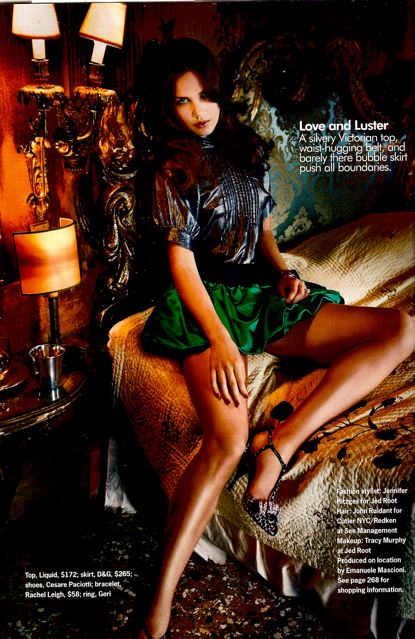 *
*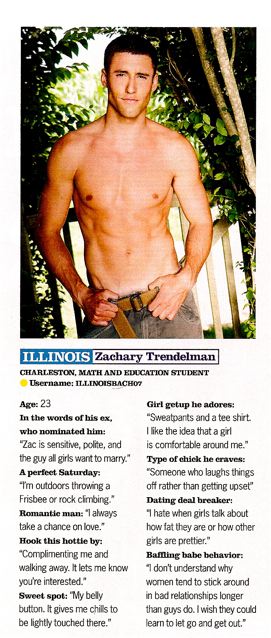
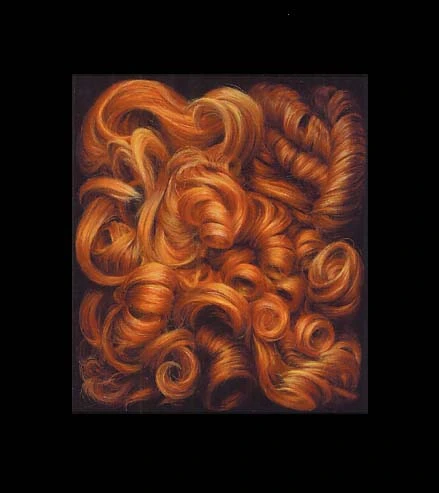
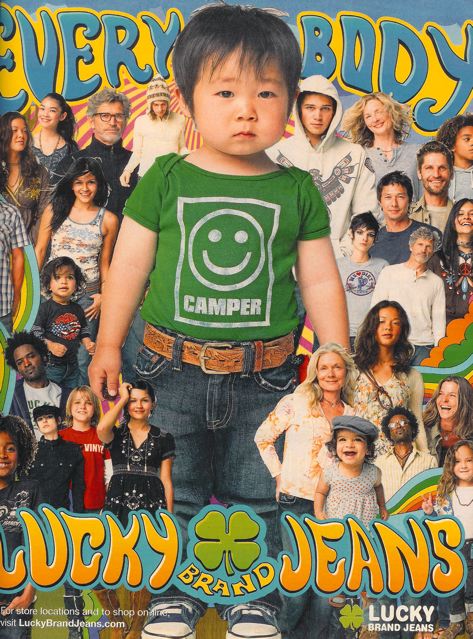
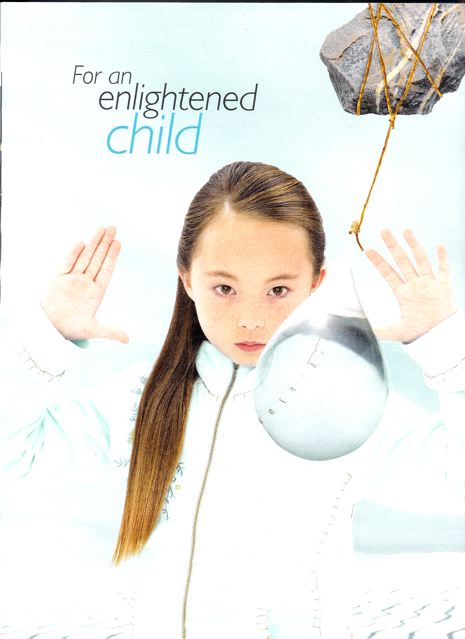







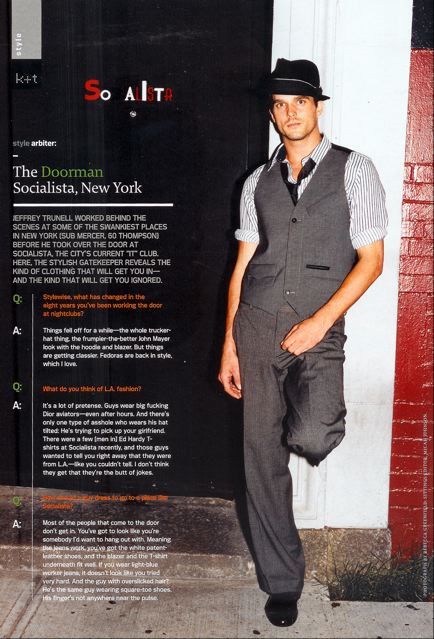
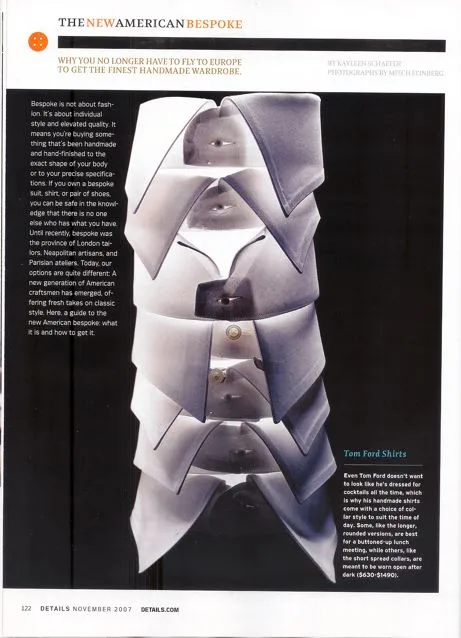
Recent Comments